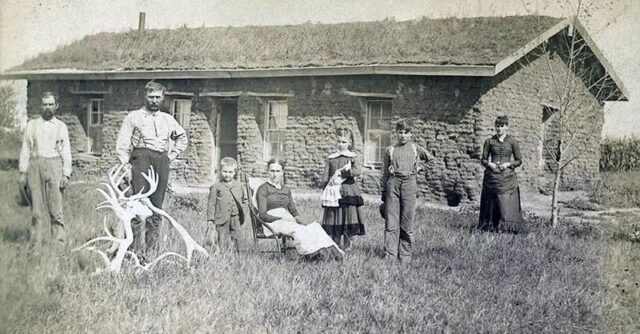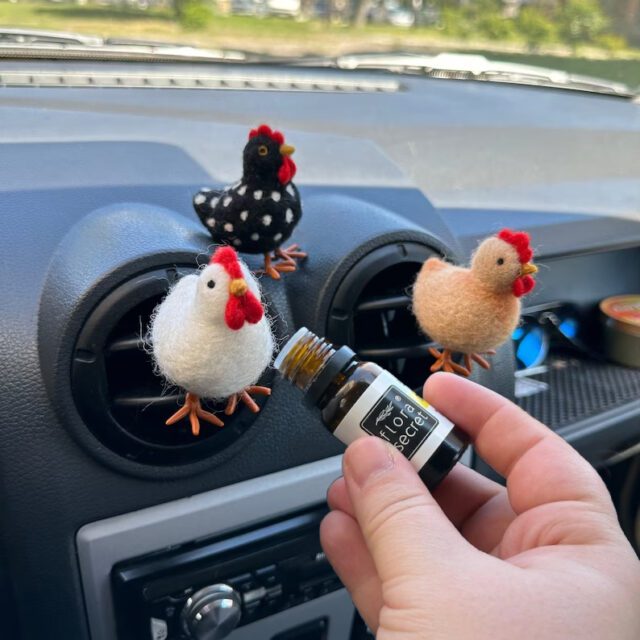Honor your loved one by keeping a piece of them with this remembrance ornament. Just cut a piece of fabric (example is a piece of tissue), or 8”x8” approx. Loop it through the ornament, tie with the attached string/name on the string.
String will be provided to tie a heart around the middle with your loved ones name/title. The piece around the middle will be twine unless otherwise requested. Continue reading “Wood Angel Ornament” »
Wood Angel Ornament
Christmas Tags Made With Buttons
Well I have so many buttons, was wondering what to do with them. Christmas is coming, and many people are flooded with tons of work to do. We’ve got you covered with a curated list of quick and simple last-minute Christmas crafts that you can easily try out in the comfort of your own home! Here’s a Continue reading “Christmas Tags Made With Buttons” »
‘A Bicycle Built for Two’ Might Improve Symptoms of Parkinson’s Disease – Study Suggests

A recent study conducted by researchers from the University of South Carolina suggests that tandem cycling, specifically on a bicycle built for two, could be a beneficial intervention for individuals with Parkinson’s disease and their caregivers. The study involved 18 participants, consisting of nine individuals with Parkinson’s and their respective care partners, engaging in a tandem cycling program over a two-month period. The participants utilized Continue reading “‘A Bicycle Built for Two’ Might Improve Symptoms of Parkinson’s Disease – Study Suggests” »
10 Survival Skills Your Great-Grandparents Knew (That Most Of Us Have Forgotten)
If you are going to take a person from the most urban city of the planet and move him or her into the countryside, not even the wild, there’s more than 50% chance they will have difficulties adapting to the new environment. Modern lifestyle has turned people into highly-dependent beings; whether it’s dependency towards the car, towards the supermarkets, towards technology, you name it – it’s there in the majority of inhabitants of a city. Continue reading “10 Survival Skills Your Great-Grandparents Knew (That Most Of Us Have Forgotten)” »
Best Ways to Donate in the Wake of Hurricane Helene
As response to Hurricane Helene continues and recovery intensifies, countless local donation drives have been organized to provide donations to Western North Carolina residents in need. Continue reading “Best Ways to Donate in the Wake of Hurricane Helene” »
Chicken air vent clip
Unusual handmade decor for your car. You can use this wool figurine as an air freshener (for this, just drop a few drops of aroma oil or spritz your favorite perfume on the item). Wonderful gift for your friends who love chickens! This is available in the link below…. Continue reading “Chicken air vent clip” »
Science Confirms that Dogs can Recognize a Bad Person
Dogs are said to be a man’s best friend, and according to new research, this might just be right. A new study has shown that dogs can feel if a person is untrustworthy, with bad intentions and they won’t act all cuddly around them. It is already a known fact that dogs are very intelligent and can learn lots of commands and communicate with their owners, Continue reading “Science Confirms that Dogs can Recognize a Bad Person” »
Inuit Elders Are Warning the World and NASA that “Earth has Shifted”
Global Climate Change: The Earth Has Shifted, Say Inuit Elders. A new warning has come to NASA from the Inuits. They are warning that the change in climate is not due to global warming but rather, because of the Earth shifting a bit. The Inuits are local people that live in the Arctic regions of Canada, the United States and Continue reading “Inuit Elders Are Warning the World and NASA that “Earth has Shifted”” »
Drone footage of floods and torn-up roads in North Carolina
Drone footage from North Carolina has shown severe flooding and damaged roads in the wake of Hurricane Helene. Continue reading “Drone footage of floods and torn-up roads in North Carolina” »






















